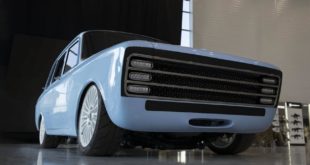Kürzlich aktualisiert am 4. März 2019 um 04:30 Uhr
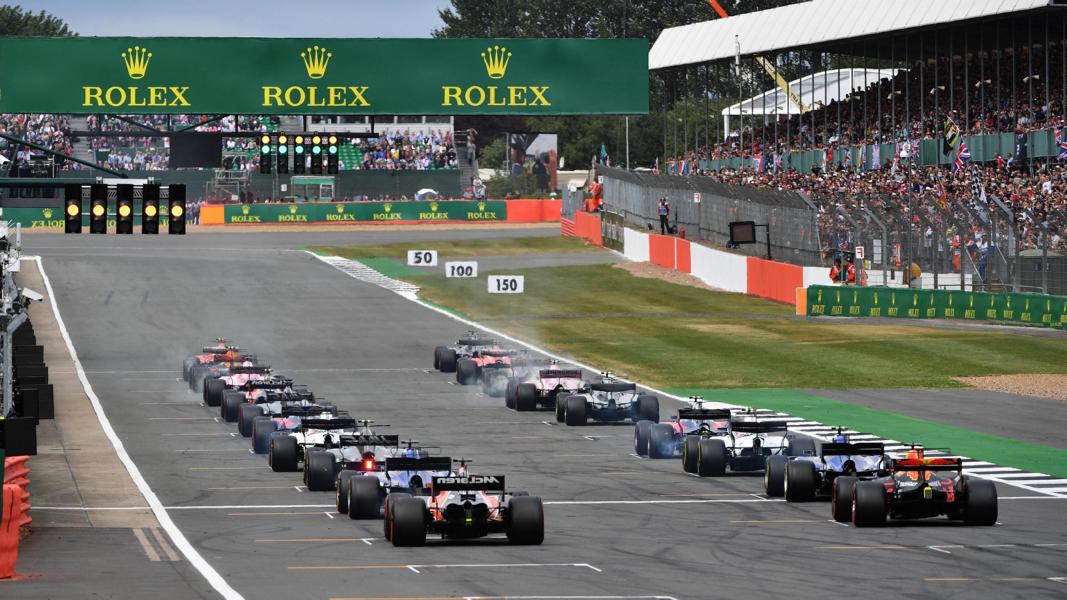
[Anzeige]
If you’re an automotive enthusiast, the chances are that you’ll have a keen interest in Formula 1 racing. After all, the sport is enduringly popular across the globe, while it boasts a rich and fascinating history that transcends cars and driver.
Despite this, betting on Formula 1 races remains something of a niche pastime, and one that is very much in its early stages compared with other sports of a similar standing. Of course, this may have something to do with the unpredictable nature of the sport, with individual race outcomes dependant on a number of variable factors.
Punters may also be deterred by the complex technology that underpins F1 cars, as this makes it hard to predict how individual vehicles will react in different conditions. So while objective websites such as www.onlinesportsbettingsites.uk have helped fans to identify the most competitive sports betting brands and odds on the market, there remain considerable obstacles that prevent them from wagering on F1.
In the article below, we’ll explore the technology that drives F1 cars and try to offer an insight into how they impact on performance.
The Fundamentals – Engine Capacity and Performance
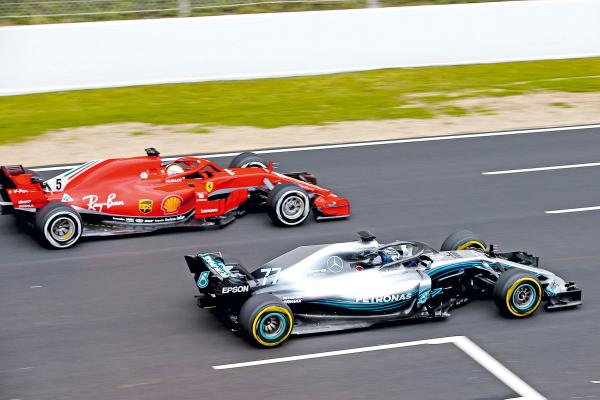
Let’s start with a basic assertion; modern F1 cars are capable of truly unique and exceptional performance levels.
Their specifications alone are enough to blow your mind, even in comparison with the high performance cars on the consumer market. For example, these highly engineered vehicles can accelerate from 0 to 190mph in less than 10 seconds, while decelerating by 60mph in a meagre 0.7 seconds.
This is thanks largely to the considerable downforce produced by F1 cars (we’ll have more on this below), along with high performance breaks and superb engine capacity. Since 2014 and the introduction of new regulations concerning harmful emissions, most F1 cars have deployed v6 hybrid engines complete with 760 horsepower and a 1.6 litre capacity.
They also combine traditional fuel with an electric motor to devastating effect, striking the ideal balance between speed, power and fuel efficiency.
The engine is the single most taxed component of any F1 car, which is why teams often use up to eight in a single season and change every two races or so. This component also works in conjunction with the gear box, as drivers look to optimise their performance when executing transitions during a race.
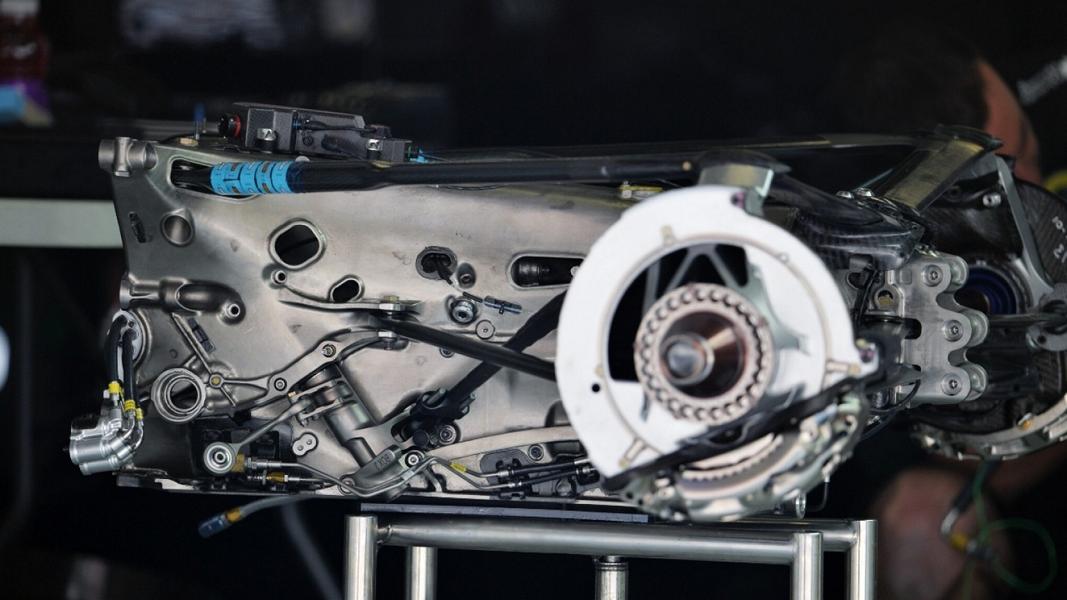
F1 gearboxes are sequential and semi-automatic, while they’re also extremely sensitive and contain seven gears in total. Interestingly, teams often modify gearbox rations for each individual circuit, in accordance with their race strategy and the demands that are likely to be placed on vehicles.
Exploring the Important Role of Downforce
In 1977, F1 cars benefitted from a huge technological breakthrough, as teams began to understand the impact on aerodynamics on their vehicles and role of downforce. Prior to this date, F1 cars were mostly unsophisticated mechanical beasts, with race outcomes determined primarily by the driver, the tyres and the power train.
Team Lotus were the first to design their cars with downforce in mind, with the underside of their vehicles curved like an upside down aeroplane wing. This created a pocket of low pressure that essentially sucked the car to the ground, optimising speed and blazing a trail for other constructors to follow.
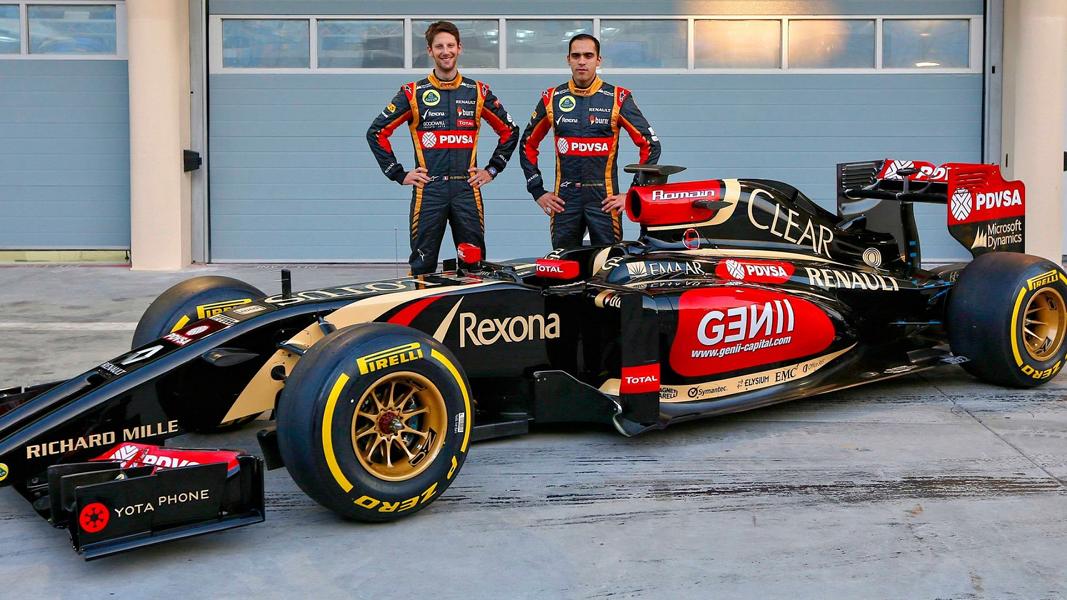
Since this time, almost every aspect of engineering innovation in F1 has been influenced by aerodynamics, while every single vehicle component is now designed with this firmly in mind.
As a result, the leading F1 cars can now produce up to 3.5g of lateral cornering force, which theoretically means that they could become airborne and driven while upside down.
The key areas of the focus are the chassis and the wings, but constructors cannot afford to overlook any component during the design stage. Even the smallest oversight could cause drivers to encounter significant turbulence and drag, which is why the best and most advanced teams produce the most consistent cars.
The top constructors will also adapt the aerodynamic profile of their cars for different circuits, with the primary concern being the nature of the tracks. Teams will leverage maximum-sized wings at the Monte Carlo Grand Prix, for example, thanks to the lack of long fast straights that naturally minimise drag.
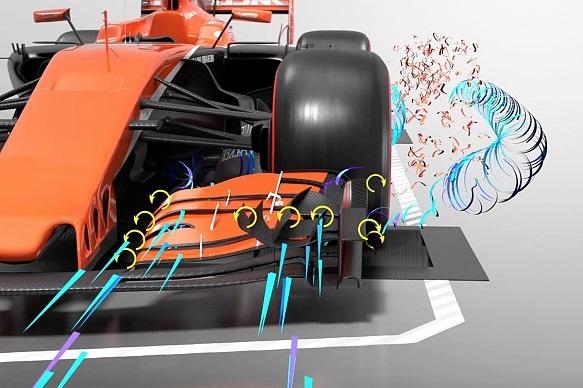
However, comparatively straight tracks such as Monza in Italy require teams to fit minimum wings that reduce drags, as this enables drivers to optimise their speed during each lap.
The Last Word
Through this brief technological breakdown of F1 cars, we can begin to see the levels of design and engineering that impact on performance.
Understanding this can certainly help fans to optimise their enjoyment and comprehension of the sport, while it may also enable them to predict outcomes with greater efficiency.
This type of knowledge could therefore trigger an increase in the number of bets placed on F1 racing, drawing the sport in line with disciplines such as football and tennis.

Das war’s natürlich längst noch nicht gewesen. tuningblog.eu hat noch unzählige weitere Artikel rund um das Thema Auto & Tuning auf Lager. Wollt Ihr sie alle sehen? Klickt einfach HIER und schaut Euch um. Aber auch abseits vom Tuning möchten wir Euch mit News versorgen. Themen die über den Tellerrand hinausgehen findet Ihr in unsere Kategorie Tipps, Produkte, Infos & Co. Folgend ein Auszug der letzten Berichte dazu:
|
Project Gold ist luftgekühlt! 2018 Porsche 911 Classic (993) |
||
„tuningblog.eu“ – zum Thema Autotuning und Auto-Styling halten wir Euch mit unserem Tuning-Magazin immer auf dem laufenden und präsentieren Euch täglich die aktuellsten getunten Fahrzeuge aus aller Welt.
Am besten Ihr abonniert unseren Feed und werdet so automatisch informiert sobald es zu diesem Beitrag etwas Neues gibt, und natürlich auch zu allen anderen Beiträgen.
 tuningblog.eu Euer Magazin rund um Tuning am Auto
tuningblog.eu Euer Magazin rund um Tuning am Auto
